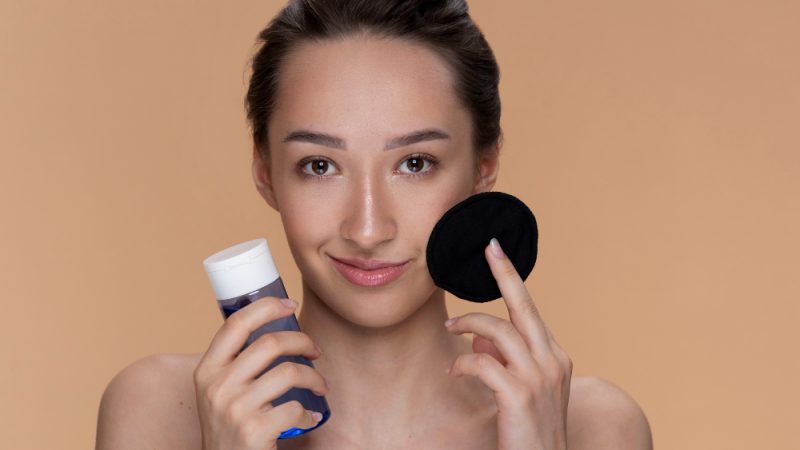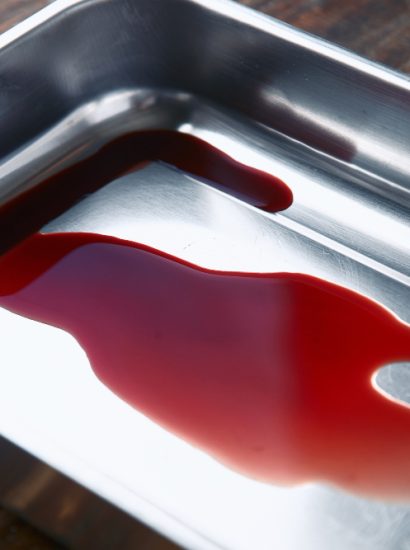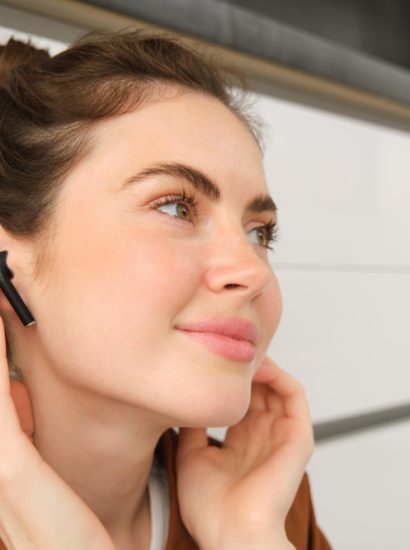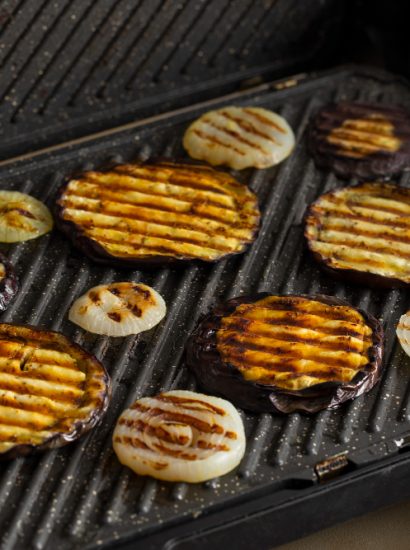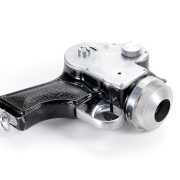When it comes to long-lasting makeup, setting products are essential. They help lock your look in place, prevent creasing, and control shine. But one common question makeup lovers often ask is: Should you use setting powder or setting spray first?
The truth is that both products serve different purposes, and the order matters if you want your makeup to look flawless and stay put. In this guide, we’ll explain the differences between setting powder and setting spray, which one goes first, and how to use them together for the best results.
What Is Setting Powder?
Setting powder is a finishing product designed to:
- Lock in foundation and concealer.
- Absorb excess oil.
- Reduce shine.
- Blur pores and fine lines.
It comes in two main forms:
- Loose powder: Lightweight and ideal for baking or full glam looks.
- Pressed powder: Convenient and perfect for touch-ups.
Setting powder typically goes on after cream or liquid products to give your makeup a matte and smooth finish.
What Is Setting Spray?
Setting spray is a liquid mist that seals your makeup and helps it last longer. It works by:
- Creating a protective layer over your makeup.
- Preventing smudging, fading, or melting.
- Adding different finishes (matte, dewy, or natural).
Unlike powder, setting spray doesn’t absorb oil but instead locks everything in place, making it the final step in most routines.
The Key Differences Between Powder and Spray
To understand which comes first, let’s compare:
- Setting Powder
- Texture: Powdery, matte.
- Function: Controls oil, sets foundation, prevents creasing.
- Best for: Oily or combination skin, long wear.
- Setting Spray
- Texture: Lightweight mist.
- Function: Seals everything in, reduces powdery look.
- Best for: All skin types, keeping makeup intact.
Think of powder as anchoring your base and spray as the final lock-and-key for your makeup.
Setting Powder or Setting Spray First? The Right Order
The short answer: Setting powder goes first, then setting spray.
Here’s why:
- Powder absorbs oil and locks down your foundation/concealer.
- Spray then seals in all your products, including powder.
- If you reverse the order, the spray may create patches or prevent powder from blending smoothly.
So, the correct sequence is:
Liquid/Cream Products → Setting Powder → Setting Spray.
When to Use Only Setting Powder
Sometimes, you don’t need both products. Use only setting powder if:
- You have oily skin and want to control shine.
- You’re aiming for a matte finish.
- You need extra longevity for foundation and concealer.
- You don’t want a heavy routine.
A quick dusting of powder can keep you looking fresh without the extra step of spray.
When to Use Only Setting Spray
Setting spray alone is a good option if:
- You have dry or normal skin that doesn’t need mattifying.
- You prefer a dewy or natural finish.
- You want to revive your makeup throughout the day.
- You don’t like the feel of powder on your skin.
Spray is especially useful for lightweight, minimal makeup days.
Using Both: The Best of Both Worlds
For maximum longevity, use both powder and spray together. Here’s how to layer them:
- Apply foundation and concealer.
- Dust on setting powder to lock your base.
- Finish with setting spray to seal everything in.
Pro tip: If your makeup looks too powdery, spray lightly to melt products into the skin for a more natural finish.
Special Techniques with Powder and Spray
Some makeup artists use advanced tricks to enhance results:
- Sandwich Method: Spray → Foundation → Powder → Spray. This locks layers for extra staying power.
- Spray on sponge: Dampen your makeup sponge with setting spray and press powder into the skin for a flawless blend.
- Targeted powdering: Use powder only on oily zones (like T-zone) and spray everywhere else.
Experimenting with these techniques can help you find the perfect balance for your skin type and makeup style.
Choosing the Right Setting Powder and Spray
Not all products are created equal. Pick formulas that match your needs:
- For oily skin: Matte powders + oil-control sprays.
- For dry skin: Hydrating, finely-milled powders + dewy sprays.
- For combination skin: Powder in T-zone + spray overall.
- For events: Long-wear powders + all-nighter sprays.
High-quality products prevent cakiness, flashback in photos, and patchy application.
Common Mistakes to Avoid
To get the most from your setting products, avoid these errors:
- Using too much powder: Leads to cakey makeup.
- Skipping blending: Unblended powder shows up under flash photography.
- Spraying too close: Causes wet spots—hold spray at least 8 inches away.
- Using spray as a replacement for primer: They work differently.
- Mixing mismatched formulas: Matte powder + overly dewy spray can clash.
Conclusion
So, should you use setting powder or setting spray first? The expert-approved answer is clear: Setting powder goes first, followed by setting spray.
Powder locks in your foundation and concealer, while spray seals everything in and gives your makeup a polished finish. Depending on your skin type and preferences, you can use just one—or combine both for all-day wear. By mastering the order and techniques, you’ll enjoy smooth, long-lasting, and flawless makeup every time.
FAQs
1. Can I use setting spray instead of setting powder?
Yes, but results vary. Spray won’t control oil like powder does, but it will help lock makeup in place.
2. Should I apply powder before or after setting spray?
Always before. Powder goes on first to set makeup, spray goes last to seal it in.
3. Can I layer setting spray multiple times?
Yes, but use light mists. Too much can make your makeup look heavy or sticky.
4. Is setting spray necessary if I use powder?
Not always, but using both provides the best longevity, especially for long events.
5. Can I use setting spray on bare skin?
Yes, some sprays can refresh and hydrate even without makeup.
Also read: Primer as Moisturizer: Is It a Good Idea?

